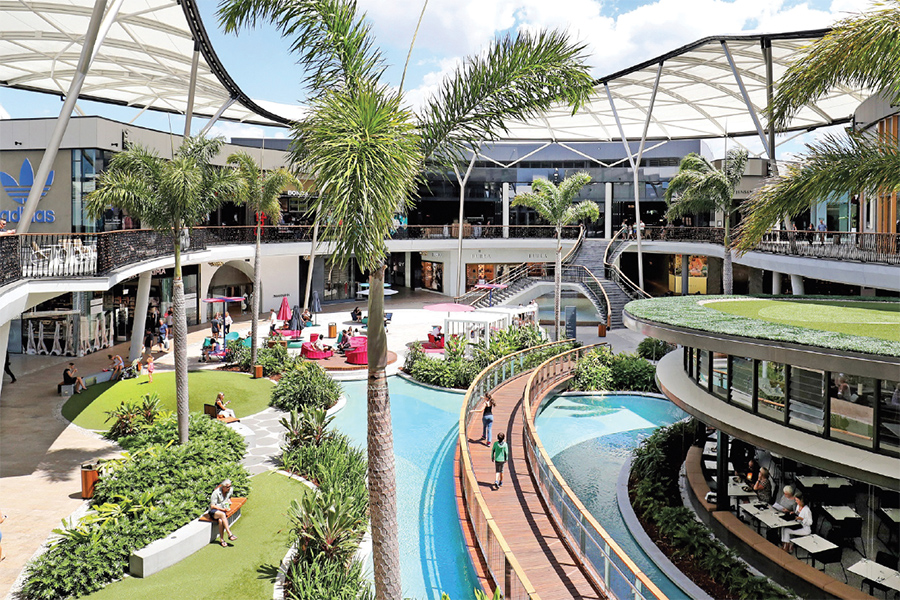What an eventful period since the last issue!
The SCCA held two major events using Sydney’s Westin Hotel Ballroom. First was the Stephen Lowy lunch, followed by National Marketing Awards. Both are covered in this issue.
Then it was off to Perth to look at Garden City and Karrinyup. AMP is accepting no compromises in the WA capital, pulling out all the stops and spending some $1.5 billion on the two centres, producing world-class products. The Cover Story tells the tale. I want to dwell on this for a little. We talk constantly about the evolution of our centres; how bricks-and-mortar retail competes with or interacts with e-commerce. I’m writing this in China, where ‘double 11’ sales (November 11 is the biggest day in online sales in China) totalled over RMB 100 billion; that’s total sales of over $20 billion in one day! We talk about fast fashion, the new international high-street labels, food and beverage increase, gourmet food expansion and so on and so on.
How our centres change to accommodate new consumer demands is the challenge that faces our industry today. What’s obvious is that the change must be dramatic. ‘Tweaking’, simply ‘expanding’, or even ‘redeveloping’ is not enough; our whole approach to our product, the shopping centre, must change. The very term we use, ‘shopping centre’ is out of date.
After the second world war, the western world changed dramatically. Disposable income of the masses, hitherto unheard of, became a reality. Before the 1950s the population in general had little or no disposable income. After basic housing, basic clothing and basic food, there was nothing left. The dawn of the age of consumerism came led by America and, to exploit this new phenomenon, the shopping centre was born. People bought bigger homes, more clothes and more food, and the latter two were what our shopping centres were about.
But disposable income didn’t plateau; it increased exponentially. With that increase came totally different consumer demands.
In Australia, more than anywhere else in the world, our centres are ‘market driven’; we develop in response to consumer demand. At Macquarie, Pacific Fair and now at Garden City and Karrinyup, AMP has, and is, developing centres that respond to the changing demand of consumers. That demand is not simply about consumer goods, or about the link between online and bricks-and-mortar shopping; it’s not about new labels or different retail formats; it’s not about more food and beverage or about any of a plethora of new concepts. It’s about all of those together but the underlying principle is that it’s about new community values.
Today, people want different lifestyles. They want different environments in which to live, different landscapes, different streetscapes, different characteristics and different urban settings. In most cases, the biggest entity in their community is the regional shopping centre.
What AMP is doing in Perth will change the nature of the suburbs in which its centres sit. It will go even further and will change the nature of Perth itself. Yes, these two dominant centres are that influential.
To spend $1.5 billion on two centres that already dominate their trade areas is a very gutsy move. It requires vision, long-term strategies, cooperation with authorities, engagement with the community, but most of all, it requires an unshakable faith in the future.
That’s what people want. They want a future. Give them part of it and they’ll come!




















